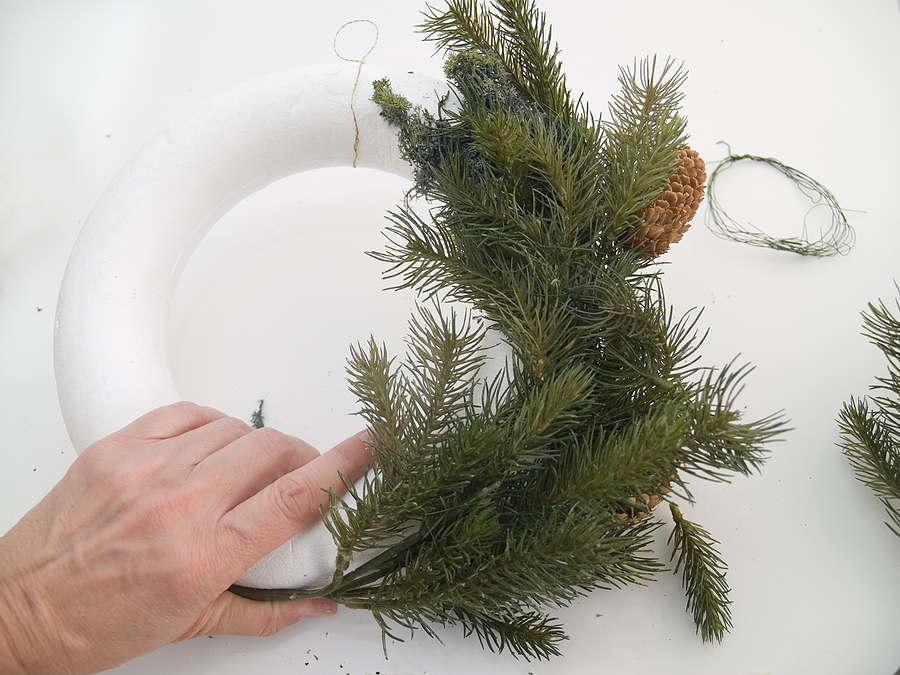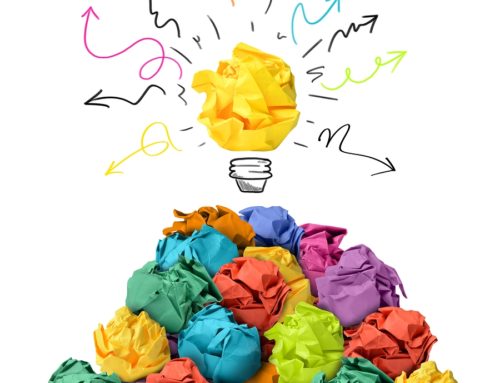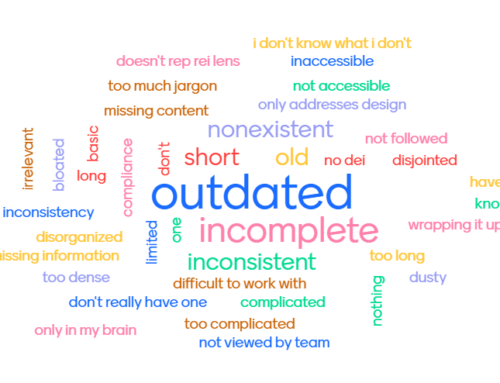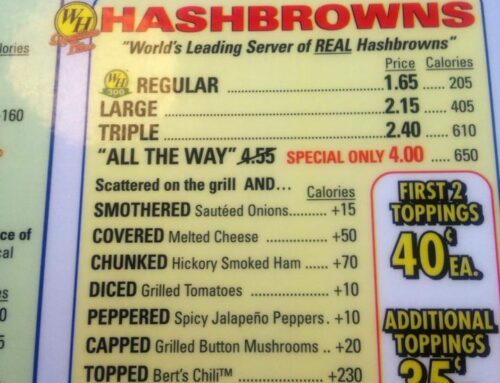Last week, I talked about what evergreen content is, why you need it, and where to use it.
Evergreen content is great for search engine optimization and for helping you think about how you are organizing your website. But my favorite benefit of producing evergreen content is how perfect it is for repurposing, which saves you time while reinforcing your message.
Here are some tips on getting the most out of your evergreen content.
Invest time upfront to save lots of time later. Because it is going to last a long time and you’ll want to link to it and repurpose it, invest some time and energy into creating your evergreen pieces. You want them to be really good. So think about the best topics, do your research, edit your drafts well, and write really good microcontent (headlines, etc.).
Think about repurposing as you write. Evergreen content is perfect for repurposing and reposting. Evergreen pieces tend to be longer, so as you write, imagine ways that you can easily break the content into smaller chunks. This may affect the way you structure the longer piece. Because it’s timeless, you can always repost a link on Facebook or Twitter to some of your evergreen content on those slow news days or when you are too busy to come up with something new. It also works well if you have a quick, fresh anecdote that you can use at the top of the newsletter article or blog post, and then you can fill in with or link back to the evergreen content.
Match evergreen content with calls to action. Your evergreen content will likely get more traffic on your site than other pages, because you’ll be repurposing it and linking back to it (not to mention the search engine traffic). That’s why it’s important to include a next step on that same page, whether it’s signing up for a newsletter, or contacting your staff. Think about a call to action that itself is somewhat evergreen.
Post the evergreen content on your website, and add a timely sentence or two to the top when you distribute it via email or your blog. For example, you could say something like, “Last week, a volunteer mentioned she was having trouble with aphids. Here are our top ten tips on how to handle unwelcome bugs in the garden in an environmentally friendly way.” The content on the website wouldn’t include that first sentence, but would start with the second one. That way the main content is evergreen, but it feels really timely in your newsletter because it refers to last week.
Link to other related evergreen topics on your website. As you build out your evergreen content, you’ll see how the various pieces are related. Go back and do some internal linking of the pieces on your website. For example, in addition to the list on dealing with unwelcome bugs in the garden, perhaps you’ll write another list on dealing with unwelcome bugs in the house. Be sure to add links from one to the other, typically at the bottom of the article under a heading like “Related Topics.” As you build out your site, your evergreen content will serve as the anchor content for other more timely pieces.
Set reminders to update any statistics or other data likely to change. It’s best not to use stats or other data that can change often within your evergreen content. You want these pieces to hold true for a good stretch of time. But if, for example, you create content with data from an annual survey, simply set a reminder in your calendar to update that content next year when the updated data is likely to be available.
Build evergreen maintenance into your workflow. Build time into your schedule to review your evergreen content, especially the material that does get good traffic, two or three times a year. That way you can tweak the language, make any corrections, add newer examples, and update the call to action.
What additional tips can you share about reusing and repurposing evergreen content at your nonprofit?







